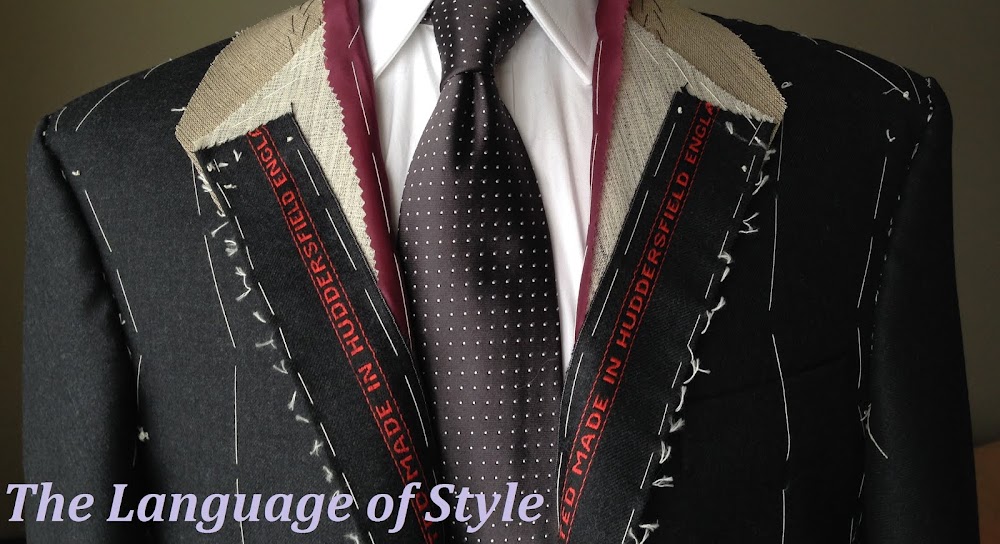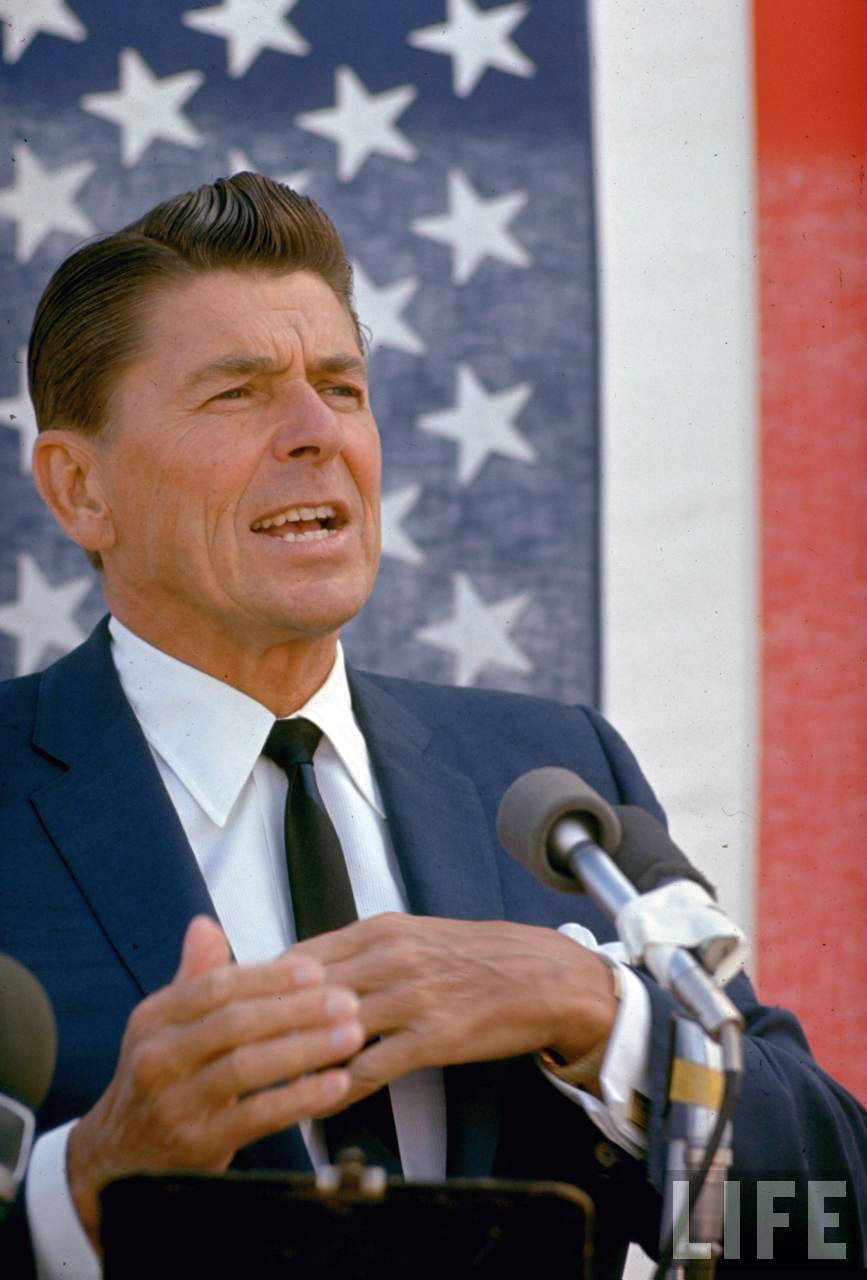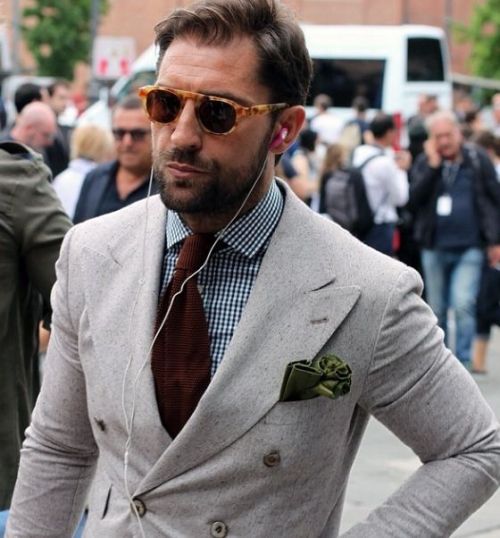 |
| (Source) |
Last week I had the honor of meeting President Obama's tailor. You've probably witnessed his handiwork without even realizing it. The president has worn Georges de Paris suits to some of the most important presidential events--the State of the Union Address, the Nobel Peace Price award ceremony, and both his inaugurations. Known for his personality and exquisite craft, Georges is a legend among American tailors.
De Paris has boasted presidential clients for decades. Every president since Lyndon Johnson has commissioned the services of de Paris and he has made suits for the last nine chief executives (except Carter). People from across the United States and around the world come to indulge in the Georges de Paris experience. Tony Blair, Kofi Annan, Michael Bloomberg and Rudy Giuliani are but a few of his famous customers.
It was a humbling experience to meet the man. A native of Marseilles, France, he arrived in the United States several decades ago, but became homeless for a time, living in the same Franklin Park that I frequent to buy lunch from mobile food trucks. I've occasionally given lunch to the homeless who congregate there, and I often wonder what hidden talents belong to them.
From this poverty, he saved enough money to rent a small space and start a tailoring shop. Over the past few decades, his products and reputation have grown in notoriety. Consumers of custom tailored products in the D.C. area consistently name Georges as the finest tailor in town.
During my first visit to the shop, de Paris proudly pointed out a suit that he was making for President Obama. It was a dark gray wool material with the white basting stitches still binding the jacket together. A piece of paper was pinned to the lapel, and it simply read, "B.O.". Upon inspection, I found the most notable feature of its construction to be the soft shoulders. The jacket had excellent structure, but I was impressed by the softness and contours of the shoulder pads. This feature seemed to be a trademark of all the suits I studied in the shop. He often describes his style as "modern classic" -- a style that is tailored to the customer's personality.
Georges is truly an artisan. It did not take long to detect the great love he has for his craft. Through his use of a "sliding price scale," Georges has a reputation for sacrificing profit in order to retain clients. He truly loves his work, and he has no trouble keeping busy.
After showing him some of my work that I had on hand (and picking up a few pro tips), I arranged to return in the future to talk tailoring and to purchase fabric for my own projects. Although he insisted that he would "make me a suit," I fear I will never be able to afford it, even on the low end of his price scale. But if subsequent visits are as instructive as the first, my own work will soon rely heavily on his influence. And I would be glad of that.




















